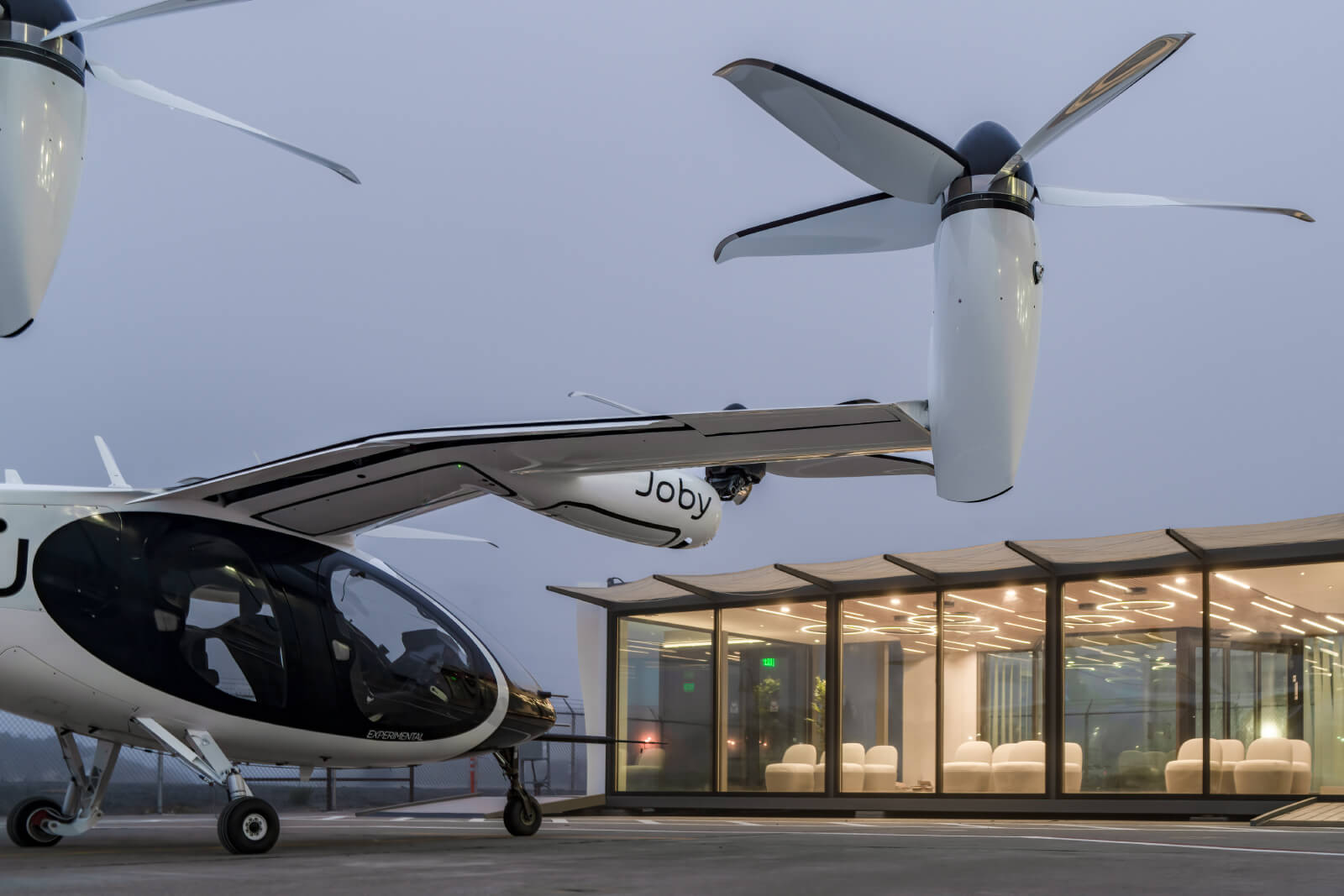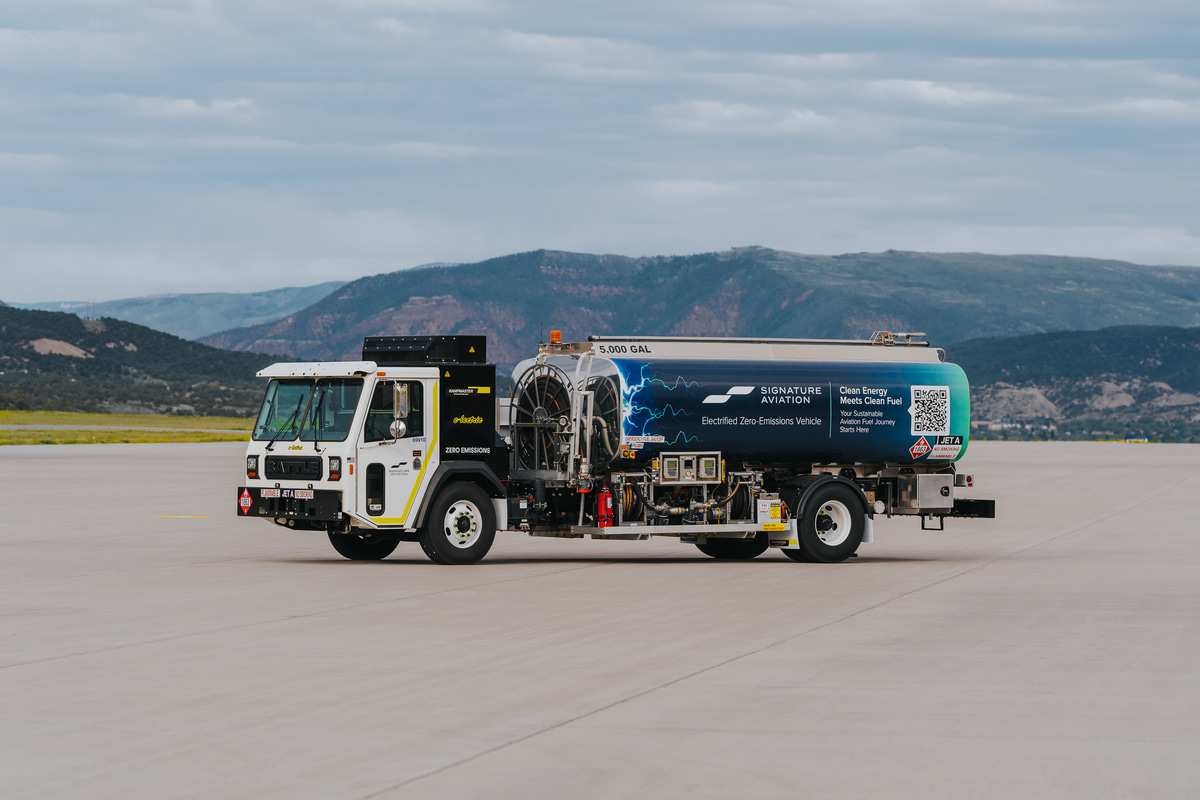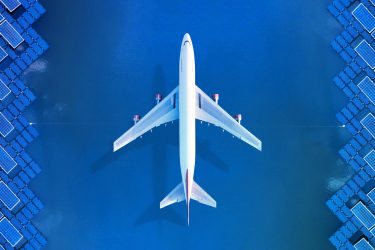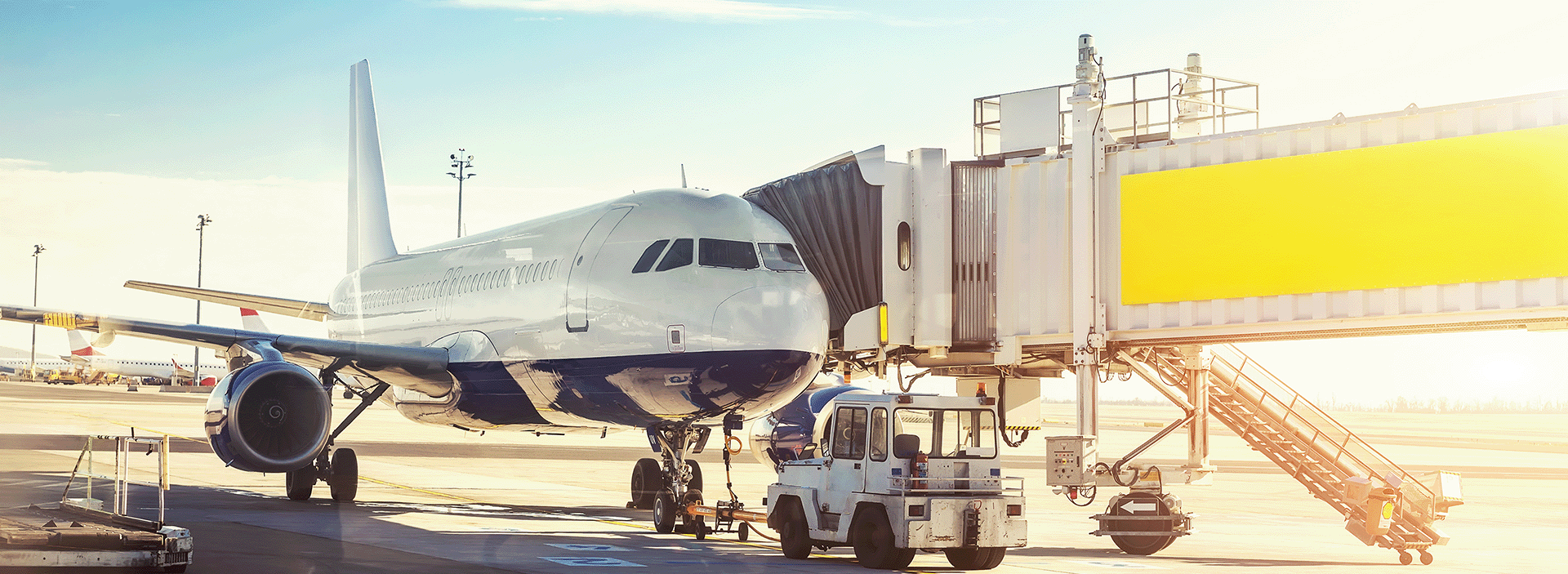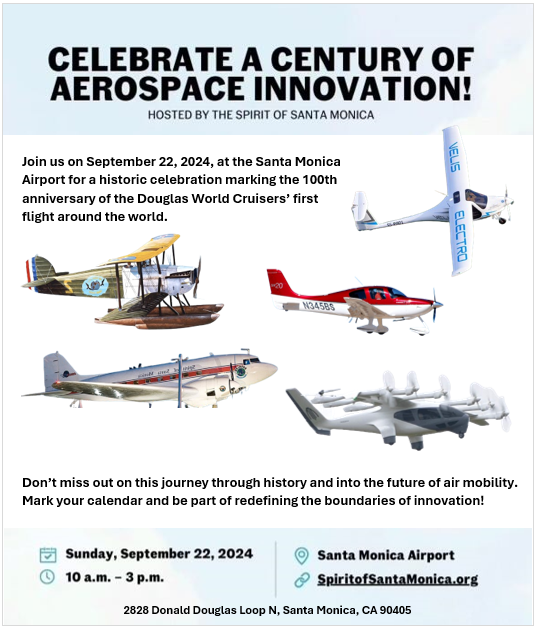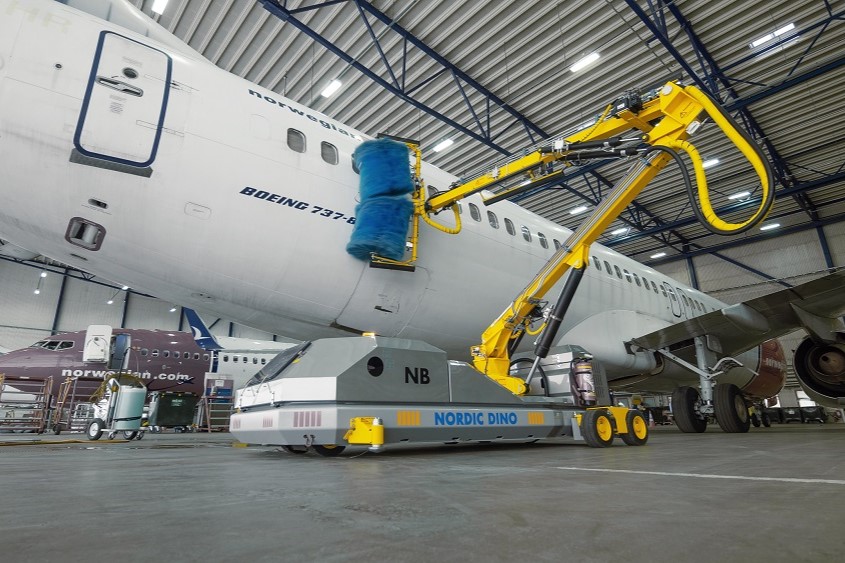
How the cleanliness of the aircraft’s outside fits into sustainability, and how advanced cleaning robots are helping airlines meet eco-friendly regulations.
In today’s environmentally-conscious world, the aviation industry faces a critical challenge. While air travel connects people and drives economic growth, it also significantly contributes to pollution through aircraft emissions. While many focus on improving engine efficiency and using cleaner fuels, there’s a quieter, yet essential, aspect – the cleanliness of the aircraft’s outside. Neglected by many, a clean exterior plays a big role in the aviation industry’s sustainability goals.
CEO of Nordic Dino Robotics AB, Jo Alex Tanem, explores the connection between clean aircraft exteriors and green initiatives. How cleanliness fits into sustainability, and how advanced cleaning robots are helping airlines meet eco-friendly regulations.
Environmental consequences of dirty aircraft exteriors
The repercussions of neglecting the cleanliness of aircraft exteriors are more profound than what meets the eye. Beyond the surface-level appearance concerns, dirt and grime on aircraft exteriors can lead to a host of environmental problems. First and foremost, the negative impact on the aerodynamics of the aircraft is a significant concern. “When an aircraft’s exterior is marred by dirt, dust, and other contaminants, it disrupts the smooth flow of air over its surfaces. This disruption increases aerodynamic drag, causing the aircraft to require more thrust and fuel to maintain its desired speed and altitude. The consequence of this increased drag is a substantial rise in fuel consumption. With aviation being a major contributor to greenhouse gas emissions, the excessive fuel consumption resulting from dirty exteriors directly worsens the industry’s environmental footprint”, says Jo Alex.
In today’s environmentally-conscious world, the aviation industry faces a critical challenge. While air travel connects people and drives economic growth, it also significantly contributes to pollution through aircraft emissions. While many focus on improving engine efficiency and using cleaner fuels, there’s a quieter, yet essential, aspect – the cleanliness of the aircraft’s outside. Neglected by many, a clean exterior plays a big role in the aviation industry’s sustainability goals.
CEO of Nordic Dino Robotics AB, Jo Alex Tanem, explores the connection between clean aircraft exteriors and green initiatives. How cleanliness fits into sustainability, and how advanced cleaning robots are helping airlines meet eco-friendly regulations.
Environmental consequences of dirty aircraft exteriors
The repercussions of neglecting the cleanliness of aircraft exteriors are more profound than what meets the eye. Beyond the surface-level appearance concerns, dirt and grime on aircraft exteriors can lead to a host of environmental problems. First and foremost, the negative impact on the aerodynamics of the aircraft is a significant concern. “When an aircraft’s exterior is marred by dirt, dust, and other contaminants, it disrupts the smooth flow of air over its surfaces. This disruption increases aerodynamic drag, causing the aircraft to require more thrust and fuel to maintain its desired speed and altitude. The consequence of this increased drag is a substantial rise in fuel consumption. With aviation being a major contributor to greenhouse gas emissions, the excessive fuel consumption resulting from dirty exteriors directly worsens the industry’s environmental footprint”, says Jo Alex.




